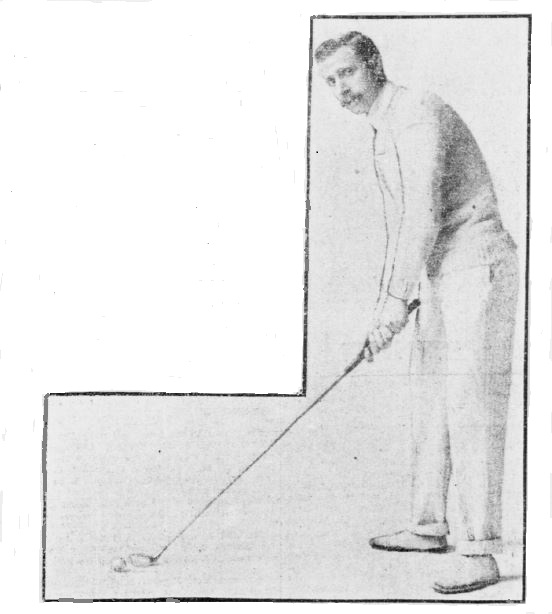Playing the 1913 U.S. Open alone !
|
The 1913 U.S. Open was the first U.S. Open that required a qualifying process. When the U.S.G.A. realized this, an extra player was needed to round out the qualifying field. It is interesting to note that the additional player (eventual winner Francis Ouimet) was needed to fill out the field of those trying to qualify. An ironic twist is that after the qualifying rounds were completed there was an odd number of players resulting in each day someone would have to play alone. In a bizarre coincidence a gentleman by the name of Herbert Strong drew the short draw for both days of competitive open play and ended playing all four of his U.S. Open rounds by himself ! Mister Strong a former professional golfer of the Royal St. George's Golf Club in Kent, England went on to become a golf architect full time designing and building golf courses from Maine to Havana and as far west as Detroit Michigan. As would seem appropriate one of his earlier and more notable projects was the "quirky" Engineers Golf Course site of the 1919 PGA Championship and the 1920 U.S. Amateur. Many early critics described the course as a "bag of tricks". His highest profile layout turned out to be the Canterbury CC in Cleveland Ohio host to 2 U.S. Open Championships. (1940 and 1946). Other golf courses of note bearing the Herbert Strong signature are Ponte Verda Club, Ocean Course, Florida: Indian Hills Golf & Country Club, Florida; Saucon Valley Country Club, Old Course, Pennsylvania. |
